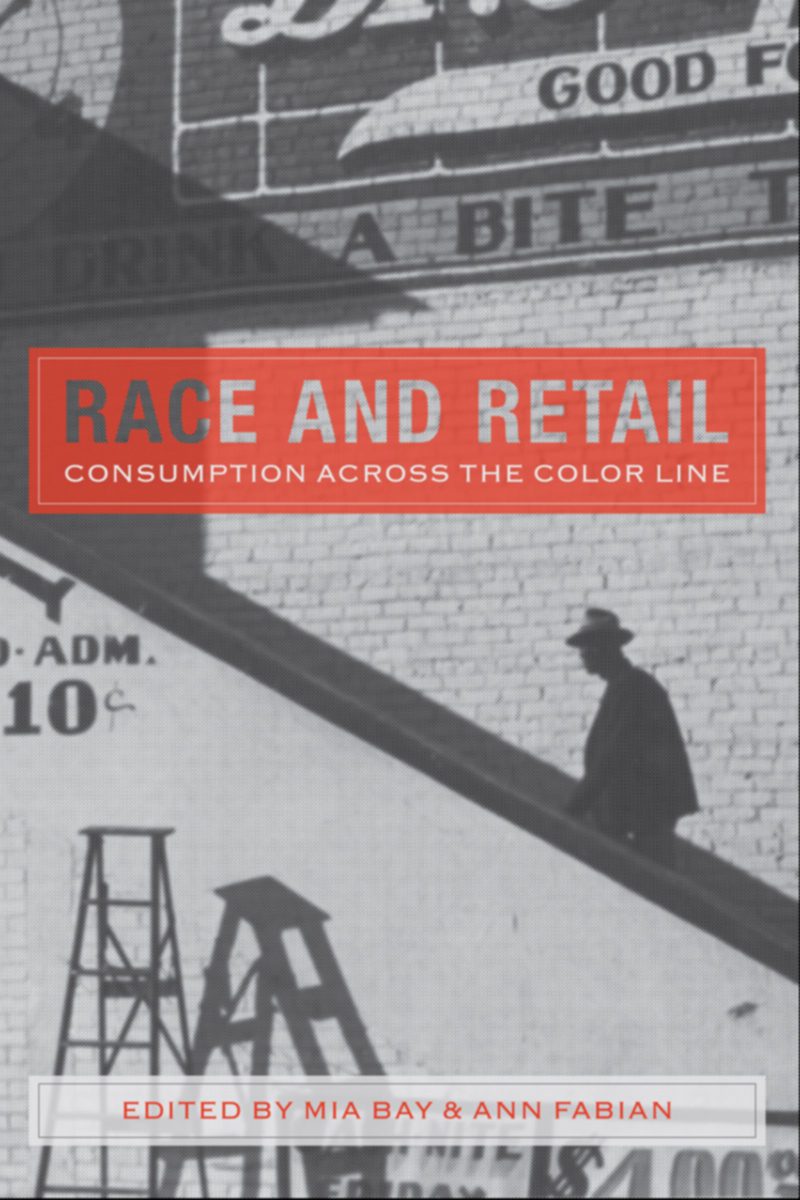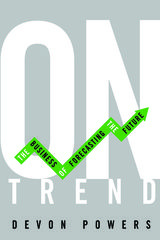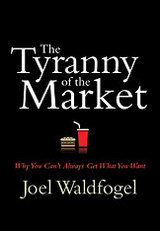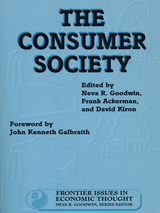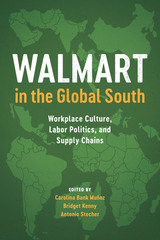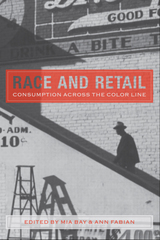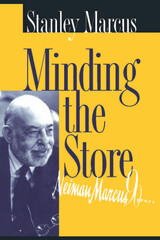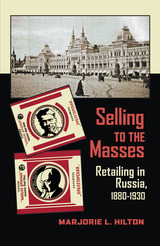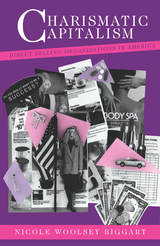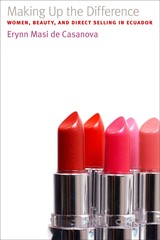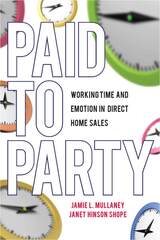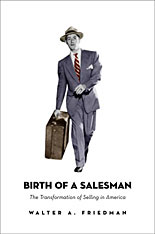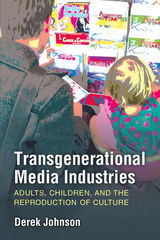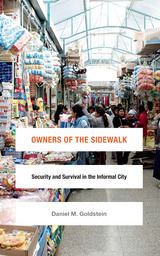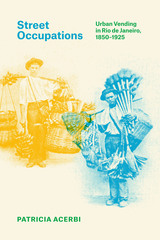Race and Retail: Consumption across the Color Line
Rutgers University Press, 2015
Cloth: 978-0-8135-7171-3 | Paper: 978-0-8135-7170-6 | eISBN: 978-0-8135-7172-0
Library of Congress Classification HF5429.3.R28 2015
Dewey Decimal Classification 306.308900973
Cloth: 978-0-8135-7171-3 | Paper: 978-0-8135-7170-6 | eISBN: 978-0-8135-7172-0
Library of Congress Classification HF5429.3.R28 2015
Dewey Decimal Classification 306.308900973
ABOUT THIS BOOK | AUTHOR BIOGRAPHY | REVIEWS | TOC
ABOUT THIS BOOK
Race has long shaped shopping experiences for many Americans. Retail exchanges and establishments have made headlines as flashpoints for conflict not only between blacks and whites, but also between whites, Mexicans, Asian Americans, and a wide variety of other ethnic groups, who have at times found themselves unwelcome at white-owned businesses.
Race and Retail documents the extent to which retail establishments, both past and present, have often catered to specific ethnic and racial groups. Using an interdisciplinary approach, the original essays collected here explore selling and buying practices of nonwhite populations around the world and the barriers that shape these habits, such as racial discrimination, food deserts, and gentrification. The contributors highlight more contemporary issues by raising questions about how race informs business owners’ ideas about consumer demand, resulting in substandard quality and higher prices for minorities than in predominantly white neighborhoods. In a wide-ranging exploration of the subject, they also address revitalization and gentrification in South Korean and Latino neighborhoods in California, Arab and Turkish coffeehouses and hookah lounges in South Paterson, New Jersey, and tourist capoeira consumption in Brazil.
Race and Retail illuminates the complex play of forces at work in racialized retail markets and the everyday impact of those forces on minority consumers. The essays demonstrate how past practice remains in force in subtle and not-so-subtle ways.
See other books on: Color Line | Commerce | Consumer Behavior | Consumption (Economics) | Minorities
See other titles from Rutgers University Press
